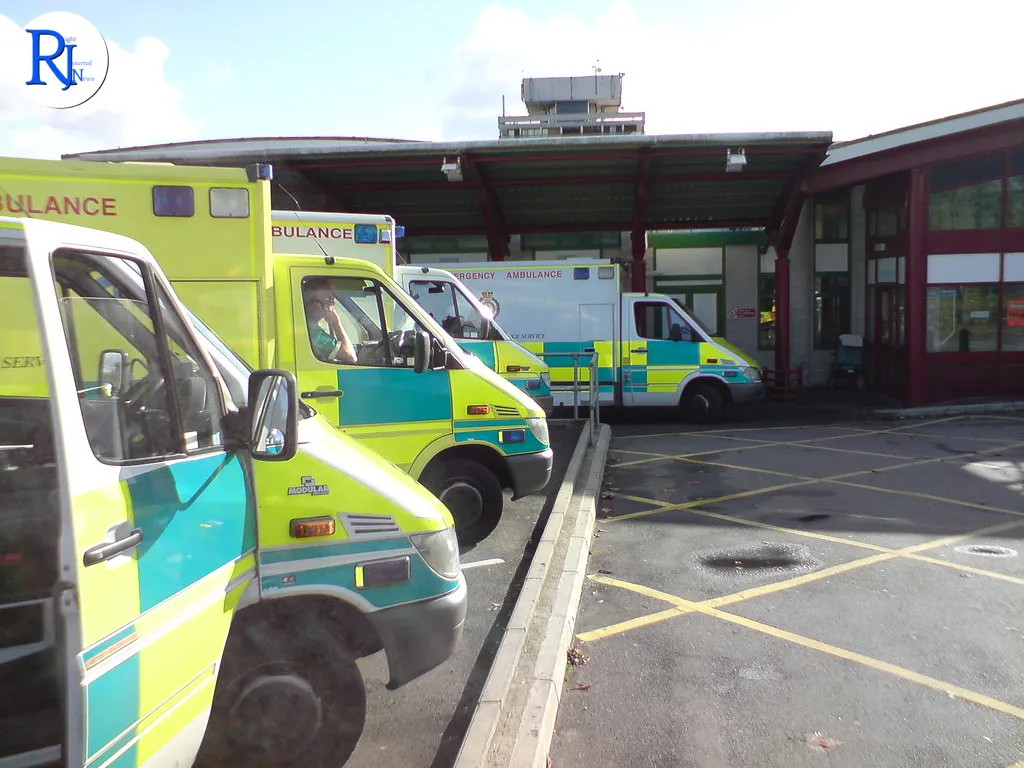Attacks on Accident and Emergency (A&E) nurses in the UK have surged, nearly doubling over the past six years, according to recent NHS figures. Last year alone saw 4,054 reported incidents of violence against these healthcare professionals. The Royal College of Nursing (RCN) highlights that frustrations over prolonged waiting times often fuel these violent outbursts, leaving nurses vulnerable and in fear for their safety. Reports include nurses being physically assaulted, threatened with weapons, and subjected to verbal abuse, painting a troubling picture of the challenges faced by frontline staff.
The alarming rise in violence coincides with increasing pressures on the NHS, exacerbated by staffing shortages and rising patient numbers. As hospitals struggle to cope with demand, the strain is felt most acutely in A&E departments, where long waits for treatment can lead to heightened tensions and, ultimately, aggression towards staff.

Rising Tide of Violence
The increase in attacks on A&E nurses has become a pressing issue, drawing concern from healthcare professionals and policymakers alike. The RCN has documented instances of nurses being punched, spat at, and even threatened with acid. These incidents not only jeopardise the physical safety of nurses but also take a significant psychological toll.
According to the RCN, the environment in A&E departments has become increasingly volatile. “None of us feel safe,” one nurse remarked, underscoring the fear permeating these essential healthcare settings. The union is calling for urgent measures to protect staff, including enhanced security and stricter penalties for offenders.
The Role of Waiting Times
Long waiting times are frequently cited as a trigger for violence in A&E departments. Patients experiencing extended delays often become frustrated, and this frustration can quickly escalate into aggression. The NHS has been grappling with unprecedented demand, leading to bottlenecks in emergency care services.
Dr. Lisa Marshall, an expert in healthcare management, notes, “The combination of high patient volumes and limited resources creates a perfect storm in A&E departments. It’s a challenging environment, and without proper support and intervention, these incidents of violence are likely to continue rising.”
Staffing Shortages and Systemic Pressures
Staffing shortages compound the problem, as fewer nurses are available to manage the growing number of patients. The NHS has been struggling to recruit and retain nursing staff, leading to increased workloads and burnout among existing employees. This shortage contributes to longer waiting times and a higher risk of conflict.
Efforts to address these shortages include recruitment drives and incentives to retain staff. However, the RCN argues that more needs to be done, including improving working conditions and providing comprehensive support for nurses facing violence.
Policy and Protective Measures
In response to the escalating violence, NHS trusts are implementing various measures to protect staff. These include increased security presence in hospitals, the installation of CCTV cameras, and training for staff on de-escalation techniques. There are also calls for tougher legal consequences for individuals who assault healthcare workers.
Health Secretary Alex Smith has acknowledged the issue, stating, “No one should feel unsafe at work, especially those who dedicate their lives to caring for others. We are committed to ensuring that NHS staff have the protection and support they need.”
The Human Impact
Beyond the statistics and policy discussions, the human impact of violence against A&E nurses is profound. Many nurses report feeling anxious about going to work, and some have even considered leaving the profession altogether. The emotional toll of such experiences can lead to long-term psychological distress and affect the quality of care provided.
Nurse Claire Thompson shares her experience, saying, “It’s heartbreaking to come to work each day, knowing you might face aggression. We want to help our patients, but it’s hard when you’re constantly on edge.”
Looking Ahead
As the NHS continues to navigate this crisis, the need for a comprehensive strategy to address the root causes of violence in A&E departments becomes increasingly apparent. This includes improving hospital infrastructure, enhancing staff support, and fostering a culture of respect and safety within healthcare settings.
While immediate measures can help mitigate the risk of violence, long-term solutions require systemic changes and sustained investment in the NHS. The safety of A&E nurses is paramount, not only for their well-being but also for the continued delivery of high-quality patient care. The coming months will be critical in determining how effectively these challenges can be addressed and whether meaningful progress can be made in safeguarding those who dedicate their lives to saving others.

